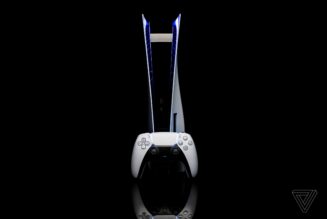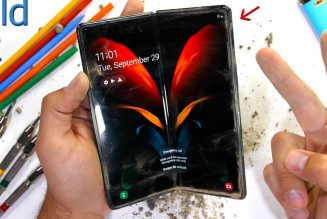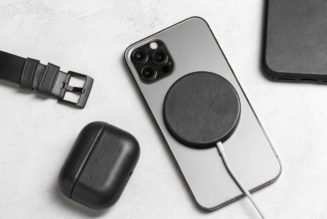Corsair is announcing an updated version of its K70 mechanical keyboard today that comes with more responsive OPX optical mechanical switches. It costs $149.99, $10 more than the standard K70 released last year with more traditional Cherry mechanical switches. Aside from the switch change, the new K70 is broadly identical to last year’s model, with a detachable USB-C cable, RGB lighting, and a tenkeyless layout.
The reason you might want a gaming keyboard with optical switches comes down to debounce delay, which typically affects keyboards with traditional mechanical switches. When you press a mechanical switch, there can be a brief period when its metal contacts clatter together before eventually settling, and this means the keyboard can take a moment to register a keypress. Optical switches simply interrupt a beam of infrared light when pressed and don’t suffer from this delay by default, making them a great choice for gaming.
:no_upscale()/cdn.vox-cdn.com/uploads/chorus_asset/file/23373478/K70_RGB_TKL_OPX_PBT_37.jpg)
But the benefits of optical switches on Corsair’s keyboards are a little more complicated. Spokesperson Justin Ocbina tells me the company’s Axon technology can already avoid any debounce delay incurred when you first press a mechanical switch. The benefits of an optical switch on Corsair’s keyboard come when you repeatedly press the same switch. There’s no 5ms period when a key can’t register a second press after a first; it’s ready to be pressed again instantly — handy for any games where speed is of the essence.
Ocbina declined to share who is manufacturing Corsair’s OPX optical mechanical switches but said it’s a linear switch with a 1mm actuation distance. That compares to a 2mm actuation distance for Cherry’s MX Red switch or 1.2mm for its speed-focused Silver switch. The K70 scans for keypresses at 4,000Hz internally (four times faster than many mechanical keyboards) and reports them to a connected PC at up to 8,000Hz (eight times faster than most). Corsair says this keeps median latency below 0.25ms.
Other features of the K70 include durable PBT double-shot keycaps, a hardware tournament switch to disable macros during competitive play, media keys, a volume roller, and the ability to coordinate the keyboard’s lighting effects via Corsair’s iCUE software. For an idea of how the non-switch parts of the keyboard perform in practice, check out our review of the Corsair K70 from last year.









